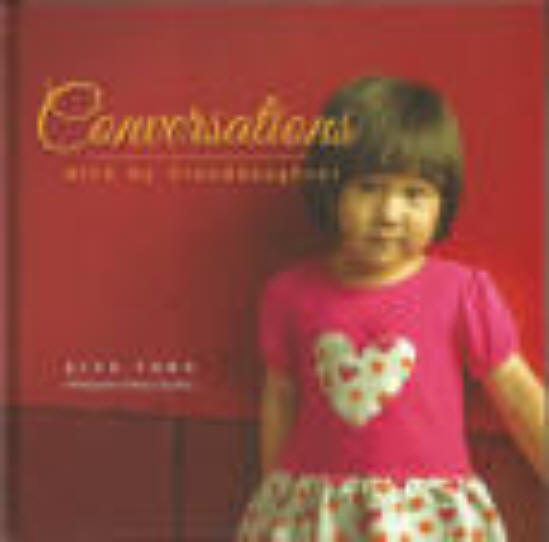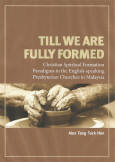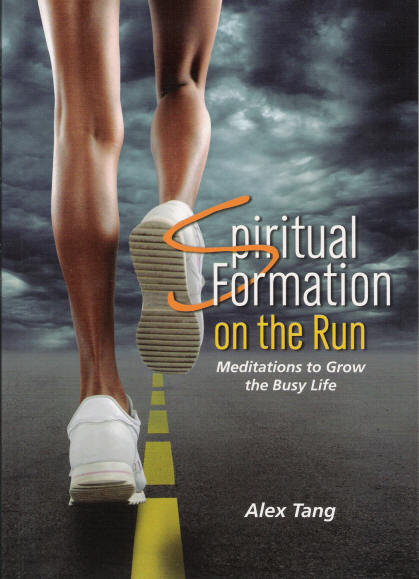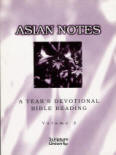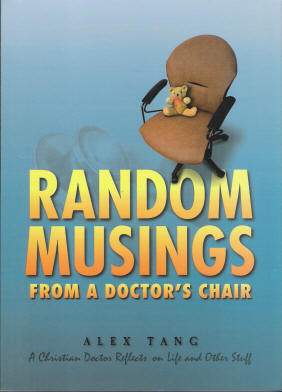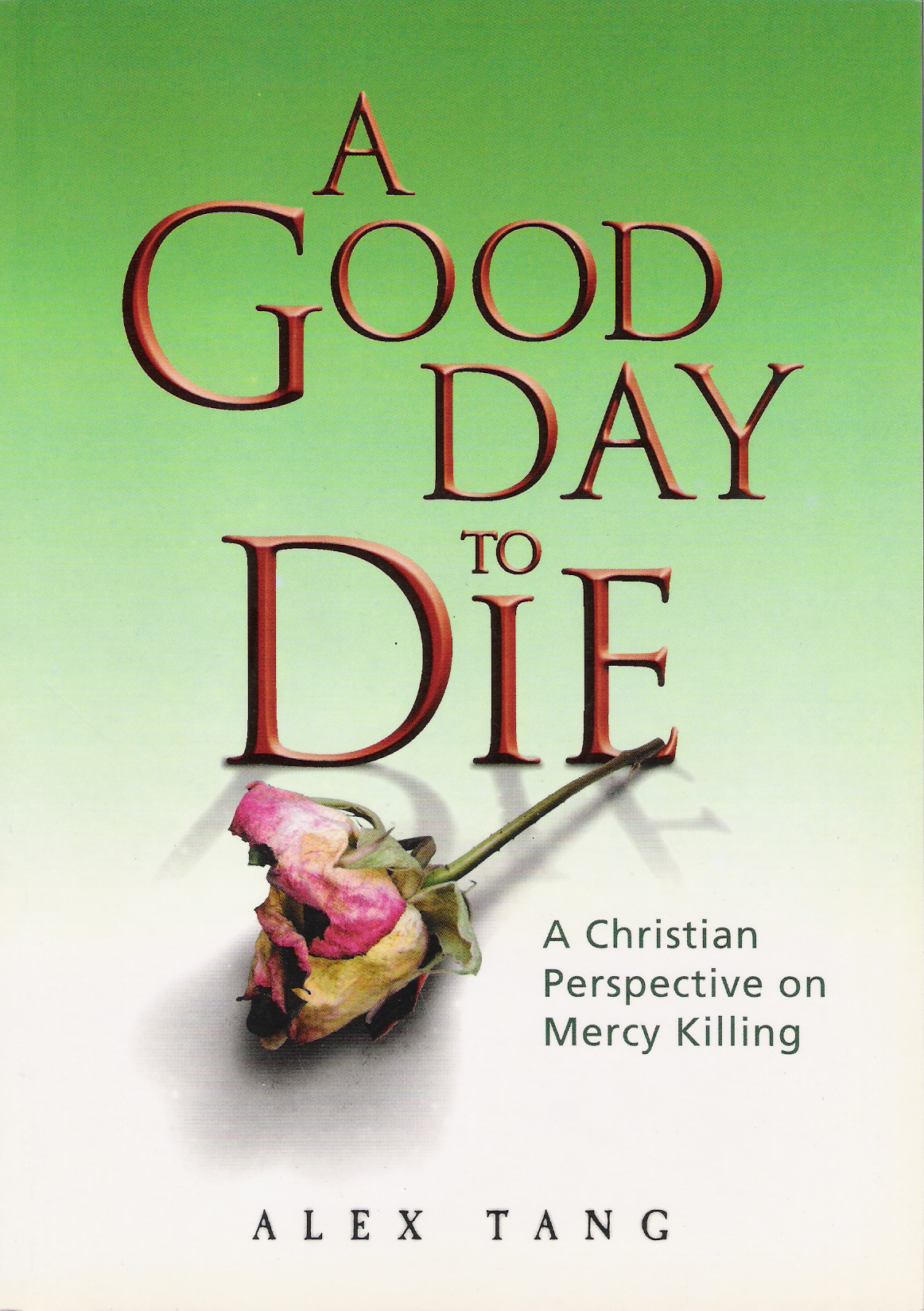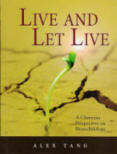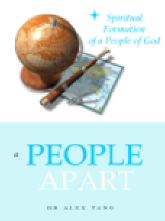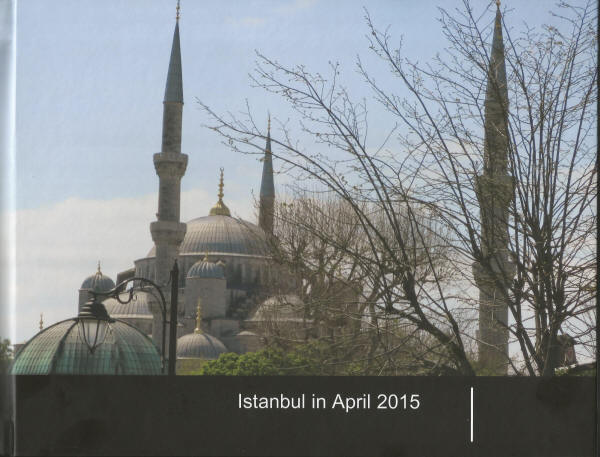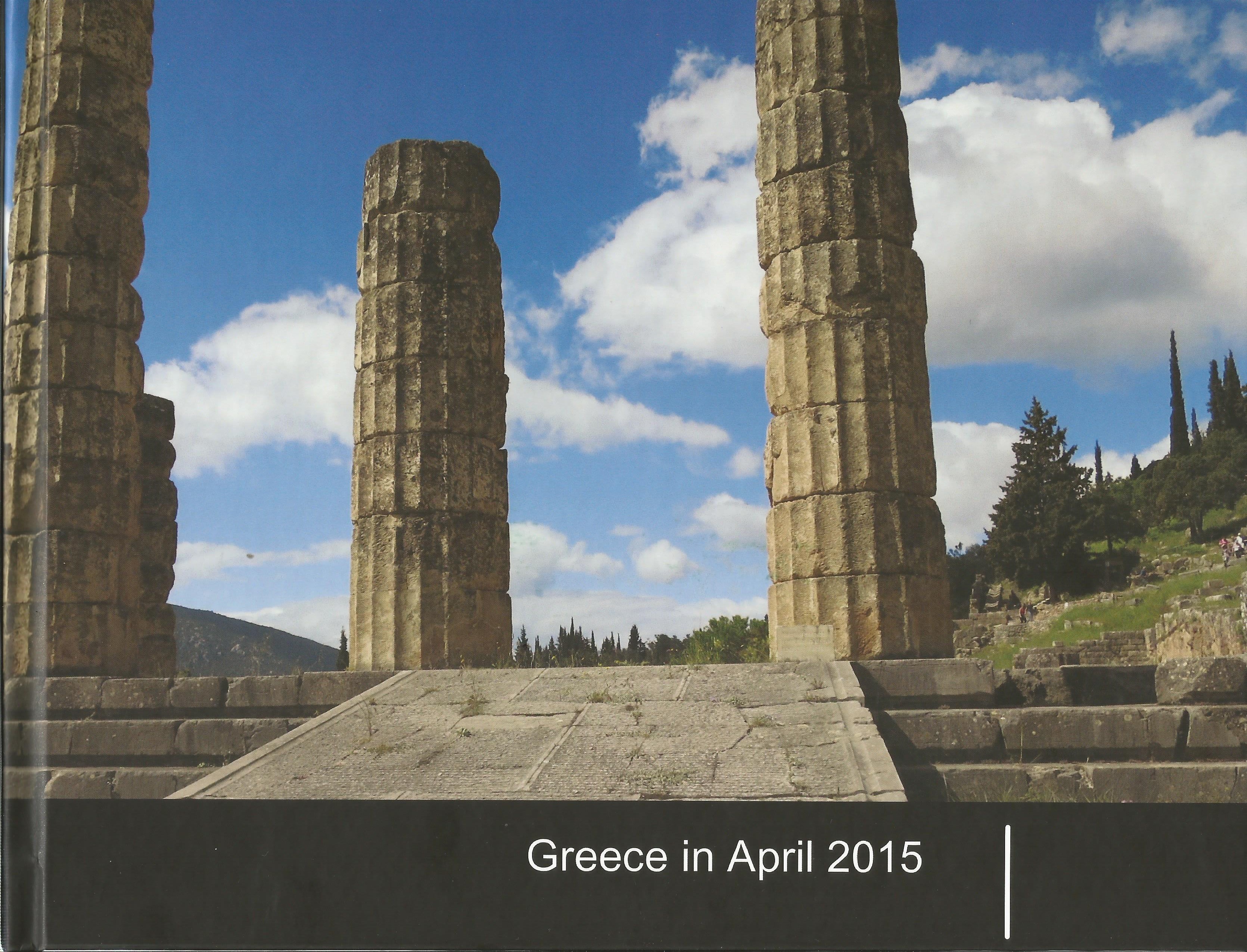Friday May 9, 2008 Star online/print
Heavy metalWorlds of Wonder by KALEON RAHAN
HAVING watched the Iron Man movie twice, I have nothing but repulsor-powered praises for the script, the cast, the CGI effects and the armour! However, if you are one of those new converts who feel that it’s the “armour that maketh the hero,” this review hopes to prove otherwise as we re-trace the last four-and-a-half decades of the armoured avenger’s adventures.
Mk 1 – 1963 to 1970
Debuting in Tales of Suspense (TOS) #39, Iron Man is a collaborative effort involving Stan Lee (plotter), Larry Lieber (scripter), Don Heck (artist) and Jack Kirby (comics supremo). In Stark/Iron Man, Lee envisioned the concept of a businessman-cum-ladies’ man superhero with a heart-aching secret. Hence, with a touch of Howard Hughes and a sprinkle of Kirby, Marvel witnessed the birth of its most complex character.
Seen as a breakthrough in the 60s, Iron Man’s selling point was technological advancement. Beginning with bulky grey armour (TOS #40), the next “wardrobe” change occurred eight issues later, with a slicker red-and-gold piece. TOS ends with #99, paving the way for a new regular series.
The formative years focused on technological advancement, national defence and Stark’s ongoing battle with his heart problem. The twist came in Stark’s gradual change in moral stance as he reconsiders his political opinions and the morality of manufacturing weapons for the military.
Amidst the various incarnations, deviations are noted on the war in which Stark got captured. While the original 1963 story used Vietnam as the ill-fated setting, the 90s version cited the Gulf War, and the current movie uses Afghanistan. What remains constant is Yinsen, who remains instrumental in the co-creation of the first made-from-scrap armour.
Outside his personal and business exploits, Stark also funded and co-founded the Avengers.
Mk II – the 70s
The 70s was occupied by the villainy of the Mandarin, Crimson Dynamo, Titanium Man, Firebrand, Spymaster and the Black Widow. Milestones include Iron Man (vol. 1) #55 (Thanos’ first appearance), #100 (vs Mandarin), #103-107 (Midas takes over Stark Industries) and #118 (Rhodey’s first appearance).
It was the #120-128 run that defined the era, with Stark confronting Justin Hammer and his personal demon – alcoholism. The run begins with a classic Namor battle, followed by Hammer’s manipulation of Iron Man’s armour to assassinate the Carnelian ambassador. Having to clear Iron Man’s name – Stark “sacks” his bodyguard and takes on Hammer’s posse (comprising Melter, Blizzard and Whiplash).
While Stark succeeds in redeeming the credentials of his armoured “bodyguard,” his personal life is a wreck, as the Demon in the Bottle story (#128) portrays him at his drunkard-womanising worst – resulting in Jarvis (Avengers’ butler) almost resigning, the Avengers mansion becoming a “chick” pad and SHIELD gaining a controlling stake over Stark Industries.
Mk III – the 80sThe 80s started off with a classic Hulk battle (#131 & 132) and the introduction of “Space Armour” (#142). Topping this is the time travelling encounter with Dr Doom (#149 & 150) as both tech geniuses craft their wits in medieval Camelot.

“Stealth Armour” was introduced in #152, followed by victories against the Living Laser, Mauler, Diablo, Serpent Squad and AIM. The victories were hollow as Stark once again fell victim to his addiction to the bottle, this time losing his armoured identity to Rhodey and Stark Industries to Obaidah Stane! Stane is no “daddy’s best friend” but rather a ruthless megalomaniac who succeeds in pushing Stark to the brink.
As for Rhodey, his stint as Iron Man is short-lived when his relationship with Stark becomes tumultuous, paving the way for a showdown in issue # 192.
In the “Iron Man v Iron Man” battle, Stark re-dons his classic grey armour and succeeds in upsetting Rhodey’s slick armour. Despite the battle, the duo remained as friends, focusing their attention on bigger matters like reclaiming Stark (now Stane) Industries.
The #200 anniversary features the showdown between Stark and Stane, with both combatants in new armour gear: Stark with new silver centurion armour and Stane in his Iron Monger creation. It ends with Stark regaining control of his business while Stane commits suicide.
Stark’s rebuilding process hits a tech bump when he discovers that his armour technology is being infringed on. In the classic “Armour Wars” story arc (#225-233), Stark hunts down armoured friends and foes to reclaim his tech. The exercise upsets Cap and the Government – prompting direct confrontations. The Feds unleash their own armoured enforcer named Firepower, who almost kills Iron Man. Eventually, Stark emerges triumphant but the “armour wars” incident sparks off paranoia and distrust amongst Stark, the Avengers and the Feds.
Plunging the 80s into disarray, Stark’s womanising ways finally gets the better of him – as jilted teenager Kathleen/Kathy Dare shoots and cripples him from the waist down (#243). Stark recovers from the “fatal attraction” ordeal in record time and even succeeds in regaining mobility via a nerve-chip invention.
Mk IV – the 90sThe highlight of the 90s was not the sequel to the Armour Wars (#258-266) nor Stark’s fake death (# 284) but the introduction of War Machine (#281). What started off as a “Variable Threat Response Battle Suit” to overcome his nervous system problems leads to another fallout between Stark and Rhodey (due to the “fake death”), with the latter claiming ownership of the War Machine armour. The duo eventually bury the hatchet with a superior display of firepower against Ultimo in #300.
Next came “The Crossing” (#329-335), arguably the worst Iron Man story line. This Avengers-crossover reveals Iron Man as Kang’s “sleeper-agent.” His acts of betrayal include killing Marilla and Yellowjacket 2, prompting the Avengers to time-travel to recruit a teenaged version of Tony Stark. The shock encounter between Young Stark and Old Stark forces the latter to revert to his “good side”. He sacrifices his life to stop Kang. Young Stark later builds his own armour and gains legal control of “his” company.
Together with the Avengers and X-Men, “Young Iron Man” battled Onslaught (#332) and was transported into a pocket “Heroes Reborn” universe by Franklin Richards. For a 13-issue period, Iron Man had a new regular series (vol. 2) that represented his origins with an “Image” twist. Subsequently came “Heroes Return” (vol. 3), which spanned 89 issues (from 1998 to 2004).
Mk V: The 21st CenturyThe 21st century began with a Y2K glitch as Stark’s armour turned sentient (vol. 3 #26-31). Joe Quesada delivers a “grue-awe-some” tale whereby Stark discovers that his armour is alive and dictates his actions. The two finally face-off on a deserted island, with a startling outcome.
Issue #56 finally allows Stark to come clean on his “bodyguard” identity – by suiting up as Iron Man in public to save a dog from going splat! The disassembling of the Avengers (#89) also results in the end of volume 3, with the present volume 4 offering a more machine-than-man version of Iron Man. The “Extremis” story-arc (vol. 4 #1-6) has Stark injecting his nervous system with a modified techno-organic virus (the Extremis process) that fuses his armour to his body. Extremis increases his body’s recuperative and healing abilities whilst enabling him to connect to satellites and computers throughout the world.
The last two years have been tumultuous for Stark, courtesy of instrumental roles in Civil War, World War Hulk and Secret Invasion. In Civil War, Stark and Captain America divide the Marvel Universe into two camps – those for and those against the Superheroes Registration Act. Stark’s support for the Act and Cap’s eventual self-defeat prompts the launch of Stark’s (50-state) Initiative which dictates the way heroes behave and save the world.
Before the Initiative starts, the Hulk returns from his Illuminati-imposed exile in World War Hulk, with the green goliath thrashing the Illuminati (comprising Stark, Mr Fantastic, Dr Strange and Black Bolt). While Stark succeeds in nullifying the Hulk-threat, an unexpected encounter with an Elektra-Skrull corpse amplifies his Extremis-ense, sparking an All-Points-Bulletin for a Skrull outbreak.
While the present Secret Invasion is expected to redeem and redefine Stark’s status as a bona fide hero (especially after the negative perception generated by Civil War and Cap’s death), the rebuilding process is expected to be a tough one. Of course, you can expect Stark to capitalise on his present role as SHIELD Director.
Labels: Comics and Mangas


 Monastery of Roussanou
Monastery of Roussanou








































 coptic icon
coptic icon






